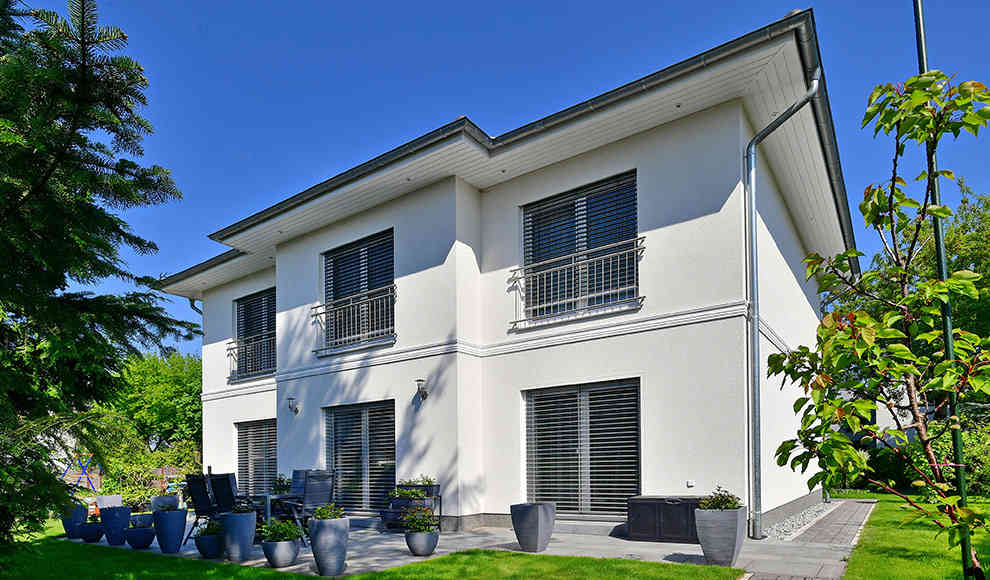Quality pays off, not only in terms of potential building damages, which are usually lower in solid constructions than in lightweight buildings, but also in relation to the corresponding building insurances. A recent study shows that insurances for solid constructions are generally cheaper. In Germany, where severe weather conditions are becoming more frequent, it is recommended that every homeowner has a building insurance policy. According to an analysis of German insurers, damages to residential buildings amounted to around five billion euros in 2015. The storm Elvira, which swept across Germany in May 2016, alone caused damages to buildings worth 450 million euros.
The Pestel Institute conducted a study that found significant differences in insurance premiums for building insurances. Solid constructions are generally cheaper than buildings constructed using lightweight materials. Some insurers do not even insure timber-framed or wooden houses, or offer limited coverage in case of damages. The main reason for this is the solid construction of solid constructions, which offer better protection against extreme weather conditions. Solid constructions also perform better in terms of fire protection, as concrete is considered a non-combustible building material and cannot contribute to the outbreak of fire, unlike wood.
For example, in Lübeck, the average annual premium for a solid construction is 284.90 euros, while a non-solid single-family house costs an average of 409.50 euros. Therefore, solid constructions are on average about 44% cheaper than lightweight constructions. Only two insurers offer the same coverage regardless of the construction type, but they are about 85% more expensive than the cheapest provider for solid constructions and about 60% more expensive than the cheapest provider for non-solid buildings. The majority of insurers surveyed for the study by the Pestel Institute assess the risk of damage to solid constructions as significantly lower than that of non-solid residential buildings, resulting in significantly lower insurance premiums for owners of solid constructions.
In conclusion, the study shows that solid constructions are generally cheaper to insure than lightweight constructions. This is due to the better protection they offer against extreme weather conditions and their superior fire protection. Homeowners should consider these factors when choosing a building insurance policy.










